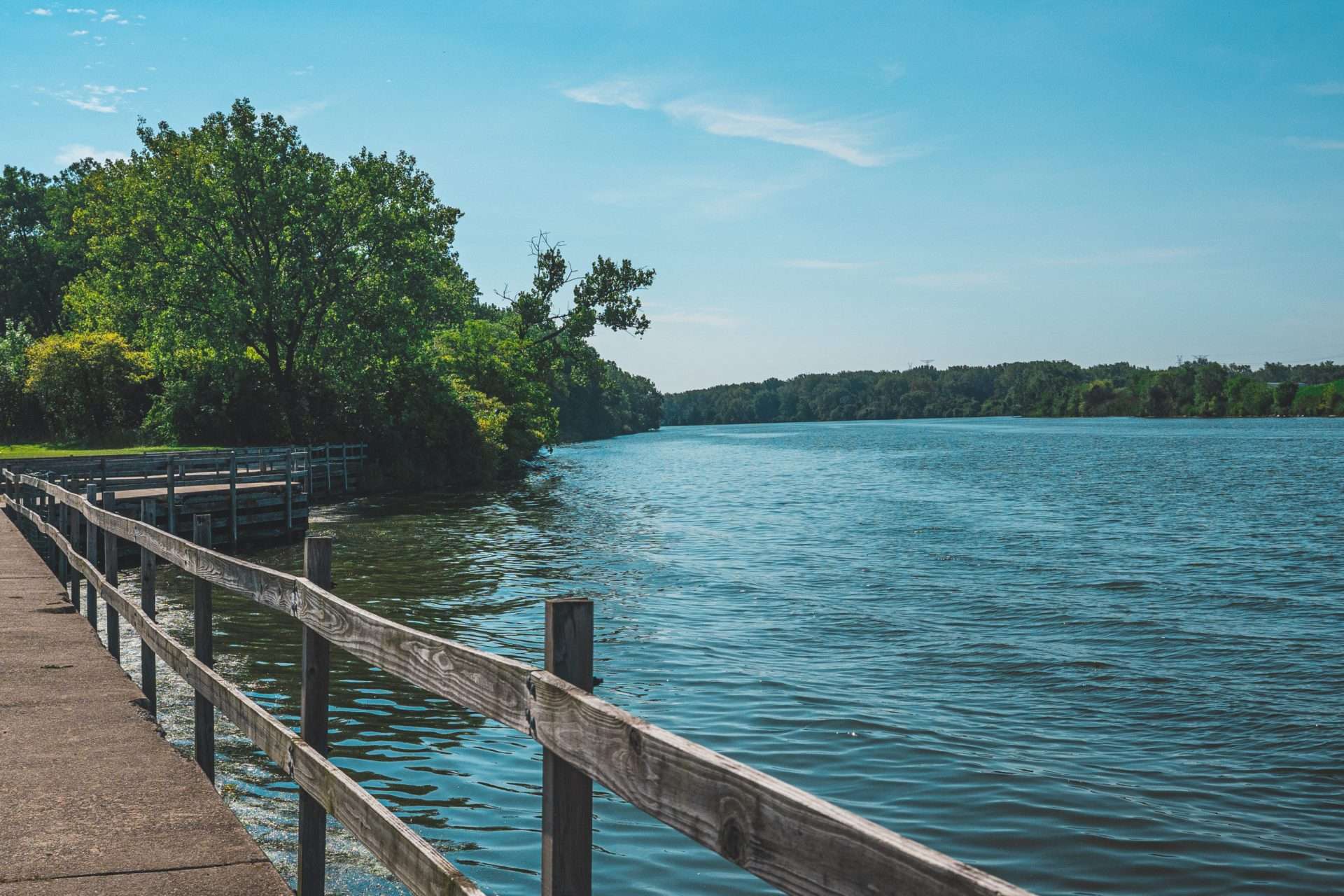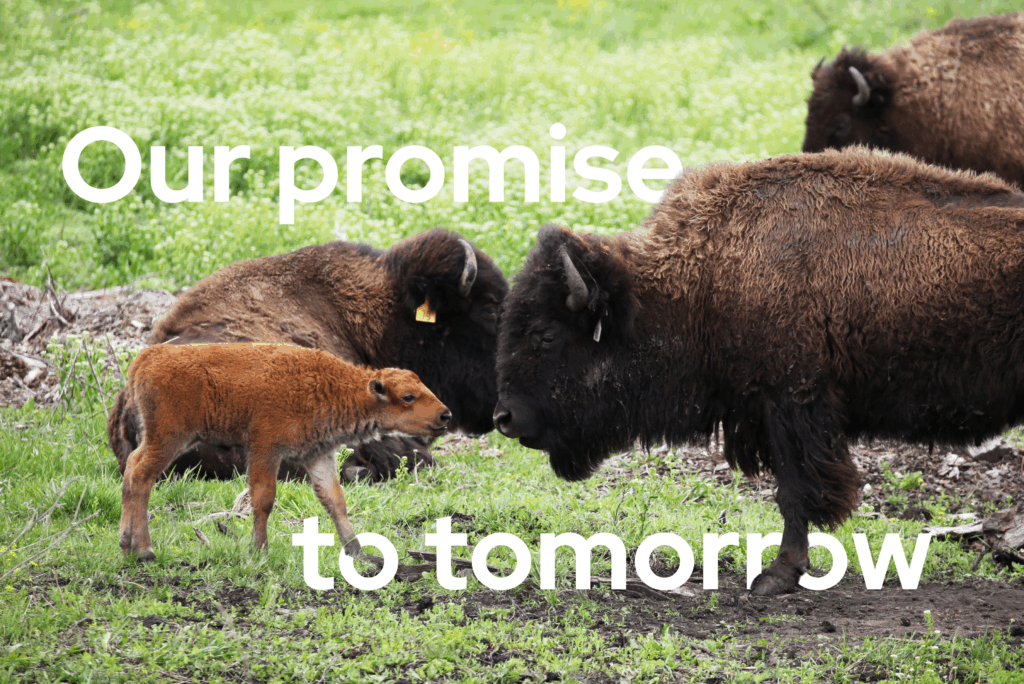Beaubien Woods is part of the Forest Preserves of Cook County’s robust 70,000 acres of natural area in Cook County. A treasured ecosystem on Chicago’s South Side, it is home to a mix of prairie, woodland, and wetland habitats, including Flatfoot Lake. Beaubien Woods runs along the Little Calumet River, an environmentally significant waterway that connects Chicago to the Mississippi River for various wildlife, including birds, fish, and mussels. Along with its ecological value, the Calumet Region has a rich cultural heritage, including being home to historical stops along the Underground Railroad and the birthplace of environmental justice in Chicago. The preserve sits next to community and industry, and access to the river has historically been limited.
Beaubien’s proximity to the Little Calumet makes it the perfect place to bring nature and people together. To make Beaubien Woods and the Little Calumet River more accessible to the public, Openlands recently received a grant from the Walder Foundation for $400,000 to restore open spaces along the Little Calumet River. The grant project is shared in partnership with the Forest Preserves of Cook County, the Field Museum, and local community organizations, including People for Community Recovery, We Keep You Rollin’ Bike and Wellness Group, the Little Calumet River Underground Railroad Project, Chicago’s Finest Marina, and the Golden Gate Homeowners Association. Along with prairie restoration and the removal of invasive plant species, the project will build a community gathering space near the Beaubien boat launch, similar to the five gathering spaces at the Burnham Wildlife Corridor. A curatorial committee of community groups led by the Field Museum will decide the winning designs. By creating a community-driven, artistically designed gathering space alongside the restored prairie and trails, the project aims to reconnect nearby neighborhoods with the abundant environmental and cultural assets on and along the river to develop stewardship for the sites.
The Beaubien Woods project restoration will span two years, beginning this fall with a controlled burn to promote native species. Throughout the winter, Openlands’ Arborist Apprentices will clear invasive brush and trees. Beginning in the spring of 2022, contractors and volunteers will plant seeds and plug plants, emphasizing pollinator-friendly native plants. At the end of the project, 20 acres of native prairie will be restored along the access road to Beaubien Woods boat launch and invasive species will be removed at the northern end of the trail from Carver Military Academy to Flatfoot Lake, making the trail more inviting and encouraging the growth of native oaks. The Field Museum is currently the restoration steward at Beaubien Woods and will continue holding volunteer restoration days.
The second year of the grant will also include some restoration of native plants and thinning of invasive trees at the riverfront of Beaubien Woods near the historic Ton Farm, the site of an Underground Railroad safe house that is nearby Beaubien Woods to the west. This restoration will provide a riverfront open space that the community can enjoy. According to Laura Barghusen, Openlands Blueways Director, Beaubien was chosen as the site for the Walder Grant for several reasons, the foremost being its potential to connect people to nature. “There were opportunities and interest to do restoration, and we saw it as an anchor and an example of what could be done along the Little Calumet to improve biodiversity and water quality and to try to connect people more with the river,” Barghusen explained.
Restoring the prairie at Beaubien will have a domino effect on ecosystem recovery that will benefit the land and the water. Prairie restoration will increase the number of species in the preserve and improve water quality because the restoration will enhance the ability of the soil to absorb and filter stormwater before it goes into the river. Improving the ecosystem, especially along trails, will make it a more attractive destination for people to enjoy nature while cleaning air and water and protecting wildlife.

